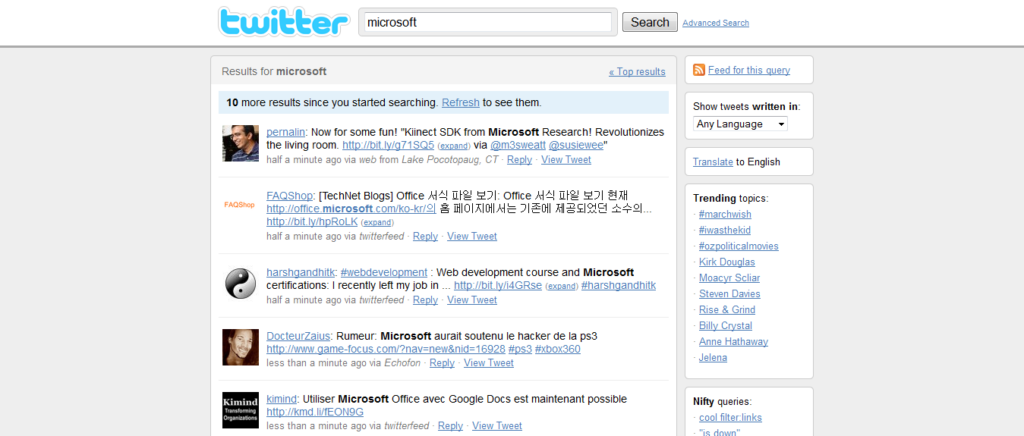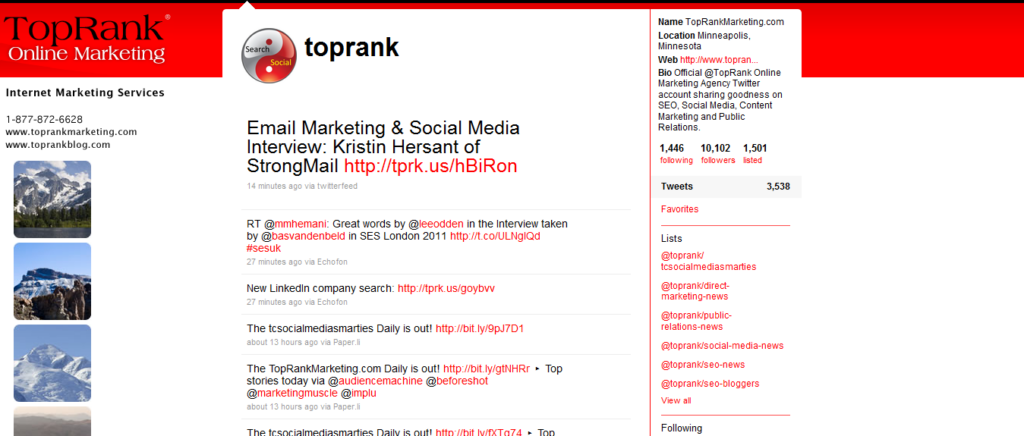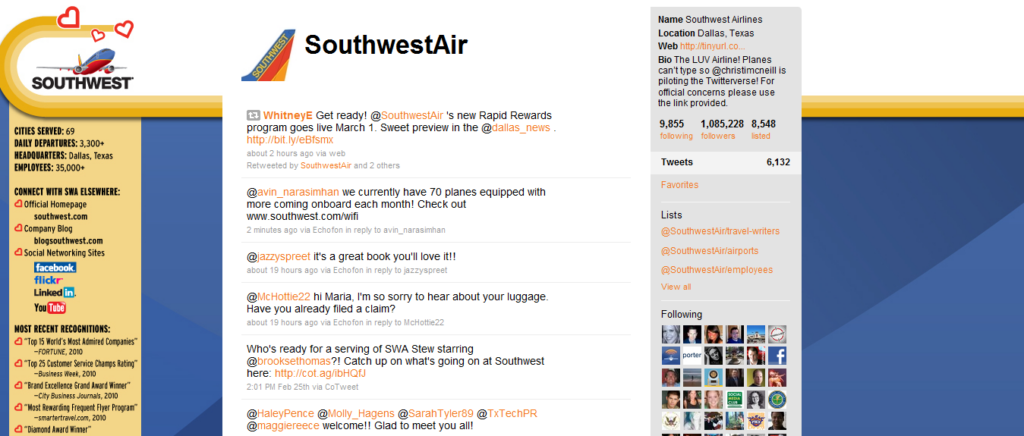 It’s easy for early adopters and social media enthusiasts to get caught up in the latest and greatest tool available but many companies are still seeking a basic foundation. According to Harvard Business Review Analytic Services, only 12 percent of companies surveyed felt their organizations were using social media effectively.
It’s easy for early adopters and social media enthusiasts to get caught up in the latest and greatest tool available but many companies are still seeking a basic foundation. According to Harvard Business Review Analytic Services, only 12 percent of companies surveyed felt their organizations were using social media effectively.
Exploration and experimentation are viable steps when entering social media marketing for the first time. However, the key to successful social media use is identifying how a brand will use each social channel. Once the approach is set, it’s an ongoing process of testing and refinement to achieve the objectives that will make a difference to each business. A great place to start in sorting out a process for companies is our social media checklist which provides questions to consider before jumping head-first into the deep end of the social media pool.
For many companies, understanding the specific benefits and uses of each social media tool can be a challenge when assessing how to begin. Taking a look at one of the major channels available today, Twitter, here are some core communication fundamentals to make the microblogging service work for business.
- Listening:
At a minimum, this should be on the radar for any business that cares about how its brand is viewed. In the Harvard Business Review study mentioned earlier, a stunning 75% of the companies in the survey said they did not know where their most valuable customers were talking about them. Twitter is a real-time opportunity to listen in on the conversations of 200 million users. Setting up simple searches allows companies to hear comments that could go unnoticed if ignoring this social channel.

- Serve as a Resource:
Provide information that helps your target audience in a quick, easy-to-use format. The brevity required on Twitter takes some getting used to but the brief updates provided allow companies to share original content (a direct benefit for the brand) and credible information in the form of retweets that are helpful to future customers. Online communities value voices that are willing to share real insight and understand the relationship nature of social media.

- Be Human:
If followers just wanted to hear the latest news from the company and read press releases they can just check out the shareholder page or look at the media section of a corporate website. Allow employees with responsibility for online communities the freedom to share their own style when engaging with others. Provide guidelines for anyone tweeting on behalf of the company but don’t underestimate the value of having a “real person” online. Share the human side of your company and stories about the people doing the tweeting for the business. Seek opportunities to provide photos from events in the community where employees are doing charitable work or even creative promotional efforts that are fun or engaging.

- Learn and Get Feedback:
Have an idea and want to understand how it might be received in the market? Or perhaps a brand wants to know how a certain outlet is performing? Ask relevant questions on Twitter and consumers are happy to share opinions. People like being asked to provide input on topics of interest. This is an area that makes some companies squirm a bit because of the potential for negative feedback. However, isn’t it better to get that feedback early in the promotion or development cycle than after a significant investment in a strategy that will be viewed as a horrible train wreck *after* launch or to lose a customer based on bad experiences? In addition, 64% trust social media more if the dialogue is open to both positive and negative comments. Take advantage of the online community to gain feedback and generate new ideas that will result connect with the audience served by your business.

To set a smart social media marketing strategy, take the time to dig into each of the channels available to businesses. Evaluate each tool individually rather than tossing all social media into one category when making a decision about how it can benefit an organization.
Seen any great examples of Twitter use by businesses or have any tools you’d like to know more about? Share them here and look for future posts on the pros/cons of select social media for business from the TopRank team.


